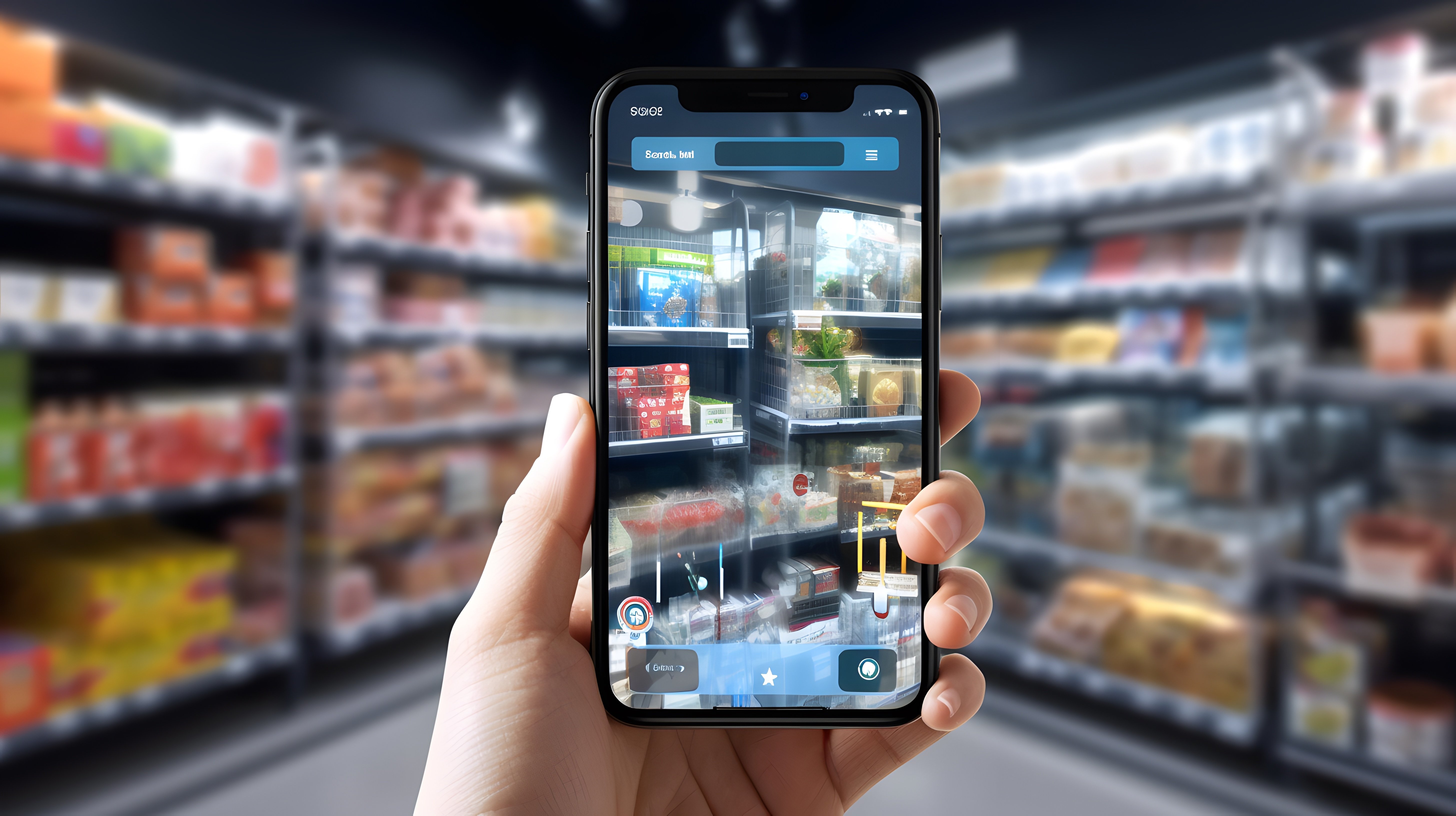
Retailers and distributors face numerous obstacles in ensuring their store and field teams can execute tasks. From inventory management to product placement, these teams grapple with a myriad of challenges to streamline operations effectively. However, traditional methods frequently lack the ability to offer the insights needed to make informed decisions on the ground.
Innovative strategies are key to empowering store and field teams with smarter operational approaches rather than simply increasing workload demands. A groundbreaking example of such innovation is the integration of image recognition technology, marking a transformative shift in how visual intelligence enhances productivity and insights for retailers and distributors alike.
Empowering Store and Field Teams to Improve Customer Satisfaction
Store and field teams play a crucial role in the success of any retail operation. Whether it's ensuring shelves are stocked, promotions are displayed correctly, or compliance with merchandising standards, these teams are the frontline warriors in the battle for customer satisfaction.
Over 45% of retailers will focus on enhancing in-store customer experience in the next five years. Considering that 86% of customers are ready to shell out more for an outstanding customer experience, it's hardly surprising that businesses are zeroing in on uplifting their shopping experiences. This trend underscores the importance of customer satisfaction in shaping retail strategies.
When equipped with relevant information and support, teams can effectively tackle challenges, adapt to changing circumstances, and deliver exceptional customer experiences that set a product line apart from competitors. Visual intelligence enables retailers to ensure product availability, maintain appealing displays, and provide a seamless shopping experience.
Challenges Faced by Retail Teams
Store and field teams often encounter a significant challenge in the form of manual data collection, which consumes considerable time and resources. In the past, these teams had to depend on physical audits and manual counts to evaluate inventory levels, oversee product placement, and ensure compliance with set standards. This traditional approach is labor-intensive and susceptible to human errors and delays in accessing crucial data.
Delays in obtaining real-time visibility into store conditions can further complicate matters. This lack of immediate insight hinders teams from promptly identifying issues and implementing proactive solutions to mitigate them. As a result, operational efficiency may be compromised, impacting customer service levels and overall store performance.
The Power of Visual Intelligence for Enhanced Efficiency
Image recognition technology is reshaping operations for retailers and distributors alike. According to MarketsandMarkets, the image recognition industry will grow from USD 46.7 billion in 2024 to USD 98.6 billion by 2029. This growth is driven by the increase in demand for efficient and reliable image recognition solutions across diverse sectors, retail being a prominent one among them.
By leveraging artificial intelligence and machine learning, visual intelligence allows store and field teams to collect immediate insights via image analysis. Whether spotting out-of-stock items, pinpointing shelf gaps, or scrutinizing promotional displays, visual AI equips teams with crucial information for making on-the-spot decisions based on data.
Impact on Inventory Management:
A significant majority of industry leaders, more than 70%, are gearing up to incorporate automation technology into their inventory management processes. Image recognition offers a real-time snapshot of inventory levels, empowering retailers to fine-tune their stocking strategies. This proactive approach helps avoid the dreaded out-of-stock scenarios that can disappoint customers and impact sales.
Cost Reduction through Automation:
Studies show that the power of automation technologies, like image recognition, can substantially reduce operational costs for retailers - somewhere between 20% to 30%. By taking over manual tasks such as inventory audits and compliance checks, these technologies allow retailers to distribute their resources more effectively. Over time, this leads to significant cost savings and paves the way for a more streamlined and efficient retail operation.
Competitive Advantage through Innovation:
Adopting visual intelligence and image recognition technology is about more than keeping up with the competition. It's about leading the pack, offering tailor-made shopping experiences, perfecting store layouts, and swiftly adapting to market shifts. In an industry where every second counts, harnessing the power of image recognition can give store and field teams the tools they need to transform their operations. As the retail landscape evolves, those who embrace visual AI will undoubtedly gain a competitive edge, driving success and innovation in the ever-changing world of retail.
Want to learn more about how image recognition is changing the game? Dive deeper into the future of retail by downloading Movista's white paper, "Revolutionizing Retail With Image Recognition and AI for Shelf Execution."



